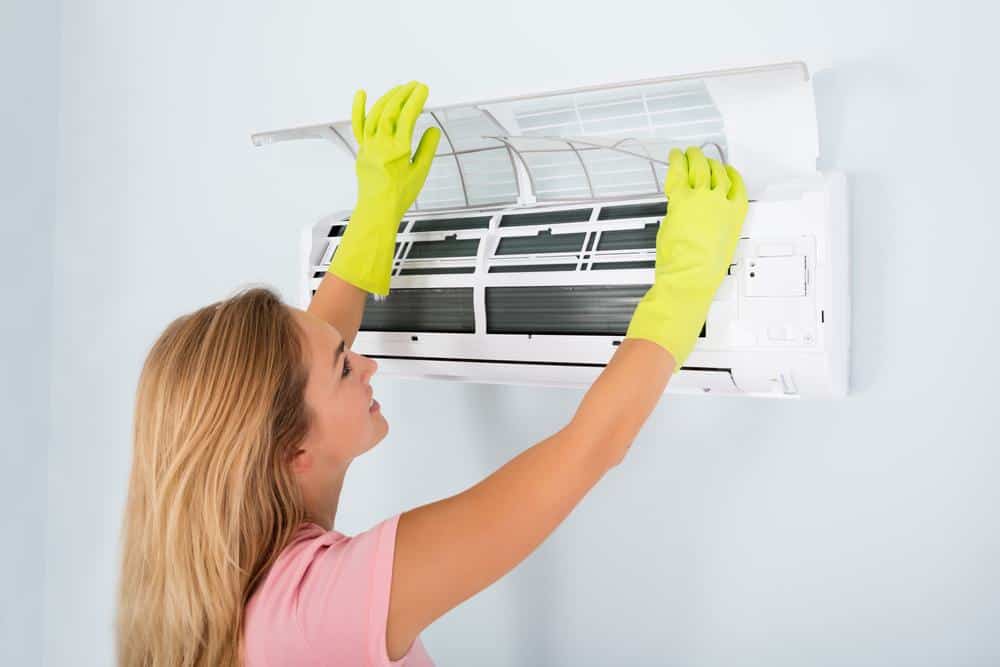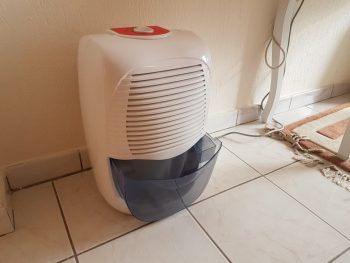
Air conditioning is a crucial part of many homes worldwide, especially in areas with hot climates. With the advent of technology, inverter air conditioners have become increasingly popular due to their energy efficiency and superior cooling capabilities. However, many users often face challenges when trying to operate these units. This article provides a comprehensive guide on how to turn on an inverter air conditioner and maximize its efficiency.
To turn on an inverter air conditioner, ensure it is properly installed and connected to a power source. Turn on the circuit breaker connected to the air conditioner. Use the remote control to press the power button, or if you don’t have a remote, locate the manual power button on the indoor unit and press it. Once the air conditioner is on, set your desired temperature and mode. Always refer to the user manual for specific instructions as the steps may vary depending on the brand and model of your inverter air conditioner.
What is an Inverter Air Conditioner?
An inverter air conditioner is a modern type of air conditioner that uses a variable speed compressor to regulate temperature. Unlike regular air conditioners with fixed-speed compressors that turn on and off to maintain the desired temperature, inverter air conditioners adjust their power consumption based on the room’s cooling needs. This feature makes inverter air conditioners more energy-efficient, quieter, and more environmentally friendly than their non-inverter counterparts.
Benefits of Using an Inverter Air Conditioner
Inverter air conditioners offer several benefits, including:
- Energy efficiency: They consume less electricity due to their ability to control the compressor motor speed, leading to 20% to 40% less power consumption compared to non-inverter ACs.
- Cost savings: Lower energy consumption translates to reduced electricity bills.
- Rapid cooling: Inverter ACs can cool a room faster because they can run their compressor at high speed.
- Consistent temperature: Inverter air conditioners can maintain a consistent room temperature due to their ability to regulate power in accordance with the room temperature.
- Quiet operation: Inverter ACs produce less noise and vibration because they don’t need to switch on and off constantly.
- Durability: Inverter air conditioners experience less wear and tear due to their smoother operation, leading to a longer-lasting system.
- Environmentally friendly: Inverter ACs are more eco-friendly due to their lower power consumption and reduced electricity usage.
Although inverter air conditioners may have higher upfront costs, their energy efficiency, cost savings, and other benefits make them a worthwhile investment for many homeowners.
Steps to Turn on an Inverter Air Conditioner
To turn on an inverter air conditioner, follow these steps:
- Ensure the air conditioner is properly installed and connected to a power source.
- Turn on the circuit breaker connected to the air conditioner.
- If you have a remote control, press the power button on the remote to turn on the air conditioner. If you don’t have a remote control, locate the manual power button on the indoor unit. This button is usually hidden behind a panel or flap on the air conditioner. Press the power button to turn on the air conditioner.
- Once the air conditioner is turned on, set the desired temperature and mode using the remote control or the buttons on the indoor unit, if available.
Keep in mind that the exact steps and button locations may vary depending on the brand and model of your inverter air conditioner. Always refer to the user manual for specific instructions.
Precautions Before Turning on an Inverter Air Conditioner
Before turning on an inverter air conditioner, you should take the following precautions:
- Inspect the compressor unit for any debris, dirt, or weeds, and remove any obstructions before switching on your AC.
- Run the AC in fan mode first to help the unit get rid of any dust in the system.
- Check and replace or clean filters regularly to ensure efficient operation.
- Make sure the air conditioner has been securely and correctly installed to prevent any potential hazards.
- Avoid operating with wet hands or in very humid environments to prevent electric shocks.
- Keep the area around the air conditioner clean and free of debris to ensure proper airflow and prevent potential hazards.
By following these precautions, you can ensure the safe and efficient operation of your inverter air conditioner.
Common Issues and Solutions
Like any other appliance, inverter air conditioners may experience some issues. Some common problems include insufficient cooling performance, the AC not turning on, thermostat issues, the compressor not starting, frozen evaporator coil, error codes on display, refrigerant leak, and clogged condensate drain. If you’re unable to resolve these issues on your own, it’s recommended to contact a professional for a complete inspection and necessary repairs.
Conclusion
Inverter air conditioners are a great investment for homeowners looking for energy efficiency and superior cooling capabilities. However, it’s essential to understand how to operate and maintain these units properly to maximize their benefits. By following the steps and precautions outlined in this article, you can ensure the smooth operation of your inverter air conditioner and enjoy a comfortable and cool environment in your home.
Frequently Asked Questions
What is the difference between an inverter air conditioner and a non-inverter air conditioner?
An inverter air conditioner uses a variable speed compressor to regulate temperature, which leads to more efficient energy use, quieter operation, and consistent temperatures. On the other hand, non-inverter air conditioners have fixed-speed compressors that turn on and off to maintain the temperature, which can lead to more energy consumption and inconsistent temperatures.
Do inverter air conditioners require more maintenance than non-inverter air conditioners?
No, inverter air conditioners do not necessarily require more maintenance than non-inverter units. However, like any air conditioning unit, it’s important to regularly clean or replace the filters, remove any debris from the outdoor unit, and schedule routine inspections with a professional.
Can I install an inverter air conditioner by myself?
It’s recommended to have a professional install your inverter air conditioner. Incorrect installation can lead to poor performance, potential hazards, and may void the manufacturer’s warranty.
What should I do if my inverter air conditioner is not cooling effectively?
If your inverter air conditioner is not cooling effectively, first check the filters and clean or replace them if necessary. Also, ensure the outdoor unit is not obstructed and the temperature settings are correct. If the problem persists, you may need to contact a professional as there could be issues with the refrigerant, compressor, or other internal components.
How often should I clean or replace the filters in my inverter air conditioner?
Generally, it’s recommended to clean or replace the filters in your air conditioner every one to three months. However, this can vary depending on factors such as the air quality in your home and how frequently you use the air conditioner. Always refer to the user manual for specific maintenance instructions.











